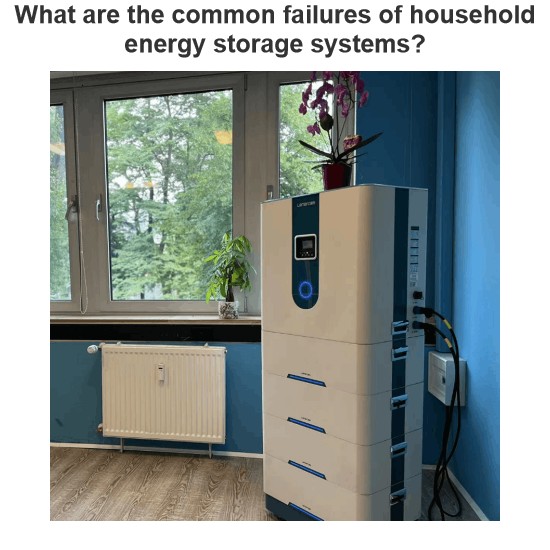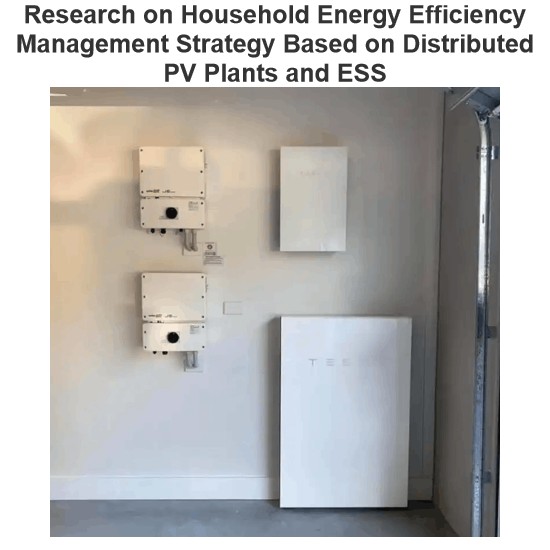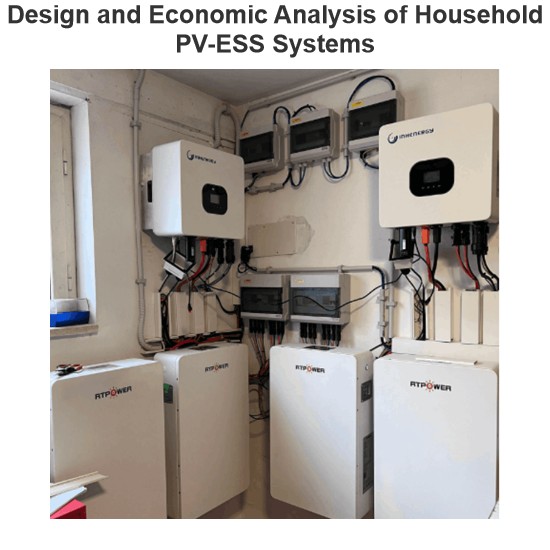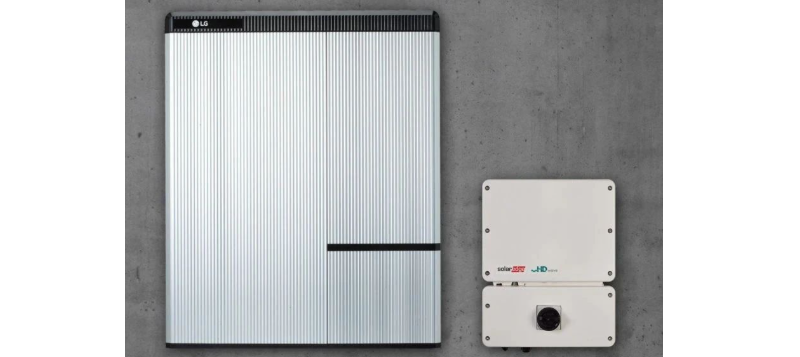What are the future development trends and improvement directions for household energy storage systems?
Echo
06/26/2025
As an expert in the application and trends of electrical equipment, I have a profound mastery of knowledge in circuits, power electronics, etc. I possess a comprehensive set of abilities including equipment design, fault diagnosis, and project management. I can precisely grasp the industry's pulse and lead the development of the electrical field.

What are the impacts of environmental factors on household energy storage systems and what are the related maintenance strategies?
1. Environmental Impact on System StabilityEnvironmental factors are critical external variables affecting the stability of household energy storage systems, encompassing temperature, humidity, physical damage, and electromagnetic interference. Temperature fluctuations pose the primary threat: high temperatures accelerate battery aging (research shows that every 10°C increase in ambient temperature doubles capacity decay), while low temperatures (e.g., below 0°C) reduce discharge capacit
Felix Spark
06/26/2025

What are the common failures of household energy storage systems?
As a front - line repair technician, I’m well - versed in household energy storage system faults. These systems rely heavily on batteries, whose failures directly impact performance and safety.1. Battery FaultsBattery aging is a frequent issue, showing as reduced capacity, higher internal resistance, and lower charge - discharge efficiency. Ideally, household lithium - ion batteries cycle 3000–5000 times. But real - world use (due to environment and habits) cuts lifespan by 30%&ndash
Felix Spark
06/26/2025

Research on Household Energy Efficiency Management Strategy Based on Distributed PV Plants and ESS
1 ZigBee - Based Smart Home SystemWith the continuous development of computer technology and information control technology, intelligent homes have evolved rapidly. Smart homes not only retain traditional residential functions but also enable users to manage household devices conveniently. Even outside the home, users can remotely monitor the internal status, facilitating home energy efficiency management and significantly enhancing quality of life.This paper designs a ZigBee - based smart home
Echo
06/26/2025

Design and Economic Analysis of Household PV-ESS Systems
Energy storage systems store electricity for peak shaving or emergencies. Lithium - ion batteries, despite lower efficiency, dominate due to fast discharge and long lifespans. A typical system includes a meter, inverter, controller, battery box, and charger to manage power flow and ensure grid compatibility.PV storage is expanding in China, with residential systems growing due to rooftop availability and cost reductions (~2,000 yuan/kW). Integrating PV with home appliances and grid storage enabl
Echo
06/26/2025










